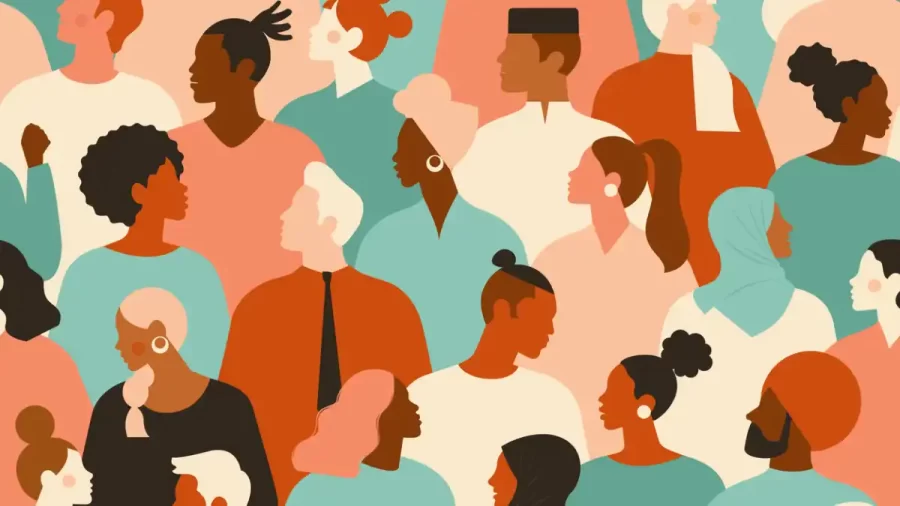What’s an Affinity Group? And Why Does It Matter?
November 22, 2022
Since Hastings’ Affinity Group’s founding in 2019, it has served as a safe, respectful, and empowering place for students of color. Although the term ‘affinity group’ applies to any group of people with a shared interest or identity, Hastings’ has come to represent students of color in both Hastings High School, and of recently, Farragut Middle School.
Dr. Mateo-Toledo, one of the high school Affinity’s advisors and the district’s diversity and inclusion coordinator, believes that “Affinity groups help students feel more visible and more included in our community,” particularly if they belong to a group that “may differ from the majority population and culture at Hastings High School.”
For students, Affinity is not only nice, but also a necessary space. “Affinity makes sure that all of the students, especially minority students and students who are not represented, have the space to feel included and safe,” said Victoria Pereira, co-president of the high school’s Affinity group.
For Eesha Chen, a three year member, Affinity has evolved to mean different things. Initially, she took solace in the fact that she could express her feelings to other people who understood. But now, Affinity represents action, education, and in her words, “bettering the community.”
And she’s right — the Affinity group holds events and projects that aim to improve cultural and racial awareness for all community members, like town hall meetings, movie-pizza-popcorn nights, and, perhaps most notably, the district’s Racial Equity Day, where professionals are invited to teach about race and racism over the course of an entire school day.
But while bigger events are open to any student, it is important to understand that the school’s POC Affinity group is open to only students who identify as people of color. According to Teaching for Justice, “A group of students who share an identity are going to relate to each other in ways they can’t with peers who can’t or don’t understand their experience. It’s about safety and, in some cases, about fundamental issues of injustice.”


















